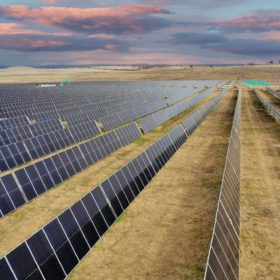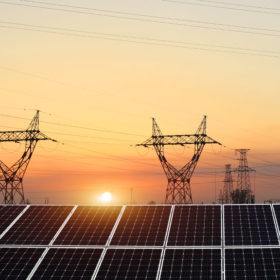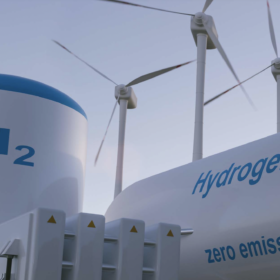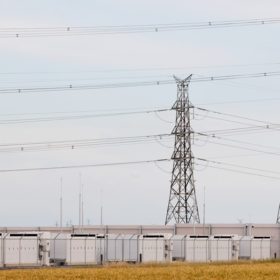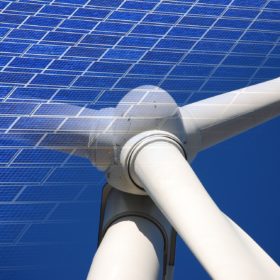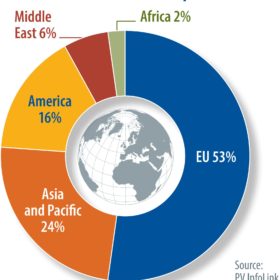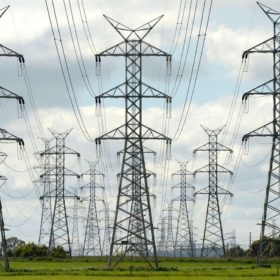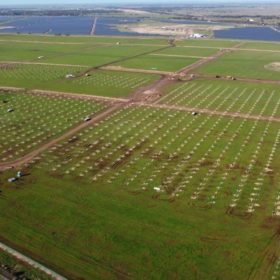AEMO report underlines need for ‘urgent’ shift to renewables
The Australian Energy Market Operator has declared skyrocketing power prices and unprecedented market disruptions have confirmed the “urgent” need for the nation to fast-track its transition from a coal-dominated system to renewables, including wind and solar PV backed by batteries and other energy storage technologies.
Industry backs climate bill to accelerate investment in renewables
The introduction of the Federal Government’s climate change bill to parliament has been welcomed with business and industry groups predicting the legislation will unlock hundreds of billions of dollars’ worth of export opportunities and investments in renewable energy, transmission and storage across Australia.
‘Not actually green’: why time matching is key to becoming a hydrogen superpower
Australia is setting out to become a global hydrogen superpower – but the standards we’re applying to classify ‘green’ renewable hydrogen are falling well behind our global peers and the expectations of future customers. The heart of the problem is “we’ve separated the characteristics of energy from the energy itself,” Steve Hoy, founder and CEO of power tracing technology company Enosi, tells pv magazine Australia.
‘Not valued clearly at present’: ARENA-backed study looks into how to better incentivise storage investment
Melbourne’s Monash University will conduct a $1.18 million study into alternative market designs which better support energy storage technologies and drive clearer investment signals.
Homes with solar sell for $125,000 more on average
Energy efficient homes, like those with solar panels, fetch, on average, a premium of over 17% in Australia – though that figure grows to 28.9% in Queensland and 24% in Victoria, according to a report from real estate company Domain.
Can renewables curtailment be rethought as a good thing?
While curtailing solar and wind energy production can be viewed as a lost opportunity, NREL argues that it may be an important feature in the future energy grid dominated by low-cost renewable energy.
India will have 125 GWh of lithium batteries ready for recycling by 2030
India will see a cumulative demand for around 600 GWh of lithium-ion batteries from 2021 to 2030 across all segments. The recycling volume coming from the deployment of these batteries will be 125 GWh by 2030.
Weekend read: Global module demand to hit 240 GW in 2022
Despite polysilicon shortage-induced high module prices, the market saw strong demand in the usually slower summer season this year, due to the global race to net-zero emissions. Corrine Lin, chief analyst at PV InfoLink, expects demand to reach 240 GW, with China and Europe set to contribute more than 80 GW and 50 GW, respectively. Together with the United States, which has paused the introduction of new solar tariffs, the three largest markets will dominate nearly 70% of global demand.
NSW announces tender round for large-scale wind, solar and storage
New South Wales has reached another milestone in its transition from coal-fired power generation to renewables-based electricity with the state government announcing the start date for a tender process expected to deliver at least 2,500 GWh of new annual generation and 600 MW of long-duration storage.
128.5 MW solar hybrid plant reaches financial close in South Australia
Vena Energy Australia has reached financial close on the second stage of its Tailem Bend 2 Hybrid Project thanks to a PPA with Zen Energy and green financial support from DBS, ING, and Siemens. The 128.5 MW project will comprise 87 MW of solar with 41.5 MW of battery energy storage.
